The post 10 Rural Landscape Photography Tips (+ Examples) appeared first on Digital Photography School. It was authored by Jeremy Flint.

Have you ever wondered how you can capture stunning images of rural landscapes? Whether you live and shoot in rural areas or you’re simply taking a trip to a rural location, this rural landscape photography guide is for you.
Specifically, you’ll discover:
- The best lighting for rural landscape photos
- Key tips to take your compositions to the next level
- Ways to use weather for dramatic results
- Much more!
Let’s dive right in, starting with…
What is rural landscape photography?
Rural landscape photography refers to “photography in the countryside” and covers the rural environment.
While rural landscapes often contain architecture – much the same as urban landscapes – rural landscape photography is more about capturing the life and elements found in the countryside. This can include humans in the landscape as well as elements of human influence.
Rural landscape photography can also encompass rural scenes including buildings, animals, and stunning countryside scenery.
Now that you understand what rural landscape photography actually is, here are some tips to help you capture your own rural landscapes:
1. Experiment with different rural subjects

Rural landscape photography offers you the chance to capture a whole range of interesting subjects, including:
- Old barns
- Towers
- Churches
- Machinery
- Buildings in disrepair
You might also include modern rural elements, such as houses, working farms, and more.
When doing rural photography, don’t confine yourself to a single subject. Instead, experiment with all these different options. If you find an old barn, take the time to photograph it – and if you find a shiny new farmhouse, photograph that, too!
2. Shoot when the light is soft

You can photograph rural landscapes at any time of the day…
…but golden hour, blue hour, and nighttime offer some of the best times to get out with your camera. The light tends to be soft and flattering, perfect for rural subjects.
Golden hour provides a magical glow that can elevate your images, while blue hour adds a cool tone that works well with subjects such as old houses and derelict buildings.
If you prefer to photograph at night, you may need to be more creative, as the building lights will likely be switched off. I recommend taking a flashlight and painting light on your subject to make it more visible in the final photo.
3. Think about the sky (and the weather)
Want to capture creative rural landscape photos? Make sure you spend plenty of time thinking about the sky, which has the power to elevate – or ruin – your images.
Ask yourself: What type of atmosphere do I want to capture? For moody photos, you can head out during rain, snow, or fog. And for upbeat, colorful images, shoot in strong sunlight.
By the way, you’ll want to consider whether the sky should be included in your photo. On overcast days (where you don’t have much cloud moodiness, but you also don’t have any nice sky color), you may want to leave out the sky completely. But on stormy days, or during dramatic sunrises and sunsets, the sky will add an extra dimension to your photos.

4. Use architecture to anchor the viewer
I find that architecture makes for a great focal point in rural landscape photography; it often contrasts beautifully with nature.
Traditional structures can work great, especially barns with rugged, weathered facades. They’ll create a rustic look and feel, which can really capture the viewer’s imagination. For instance, take a look at this image of an old barn:

Other architecture that makes for interesting rural landscape images includes abandoned houses, old farms, and buildings that have been left behind by people moving to cities. You can capture their aging, rundown characteristics within the surrounding countryside.
5. Don’t be afraid to include people
People often make great subjects in the countryside! After all, they are an integral part of the rural landscape.
One great thing about rural settings is that there is always human activity. At farms, people can be seen tending to their land and farm animals. And people may be out riding horses, exercising, or operating machinery, all of which can make for beautiful images.

6. Animals and the rural landscape
When you go out into the countryside, you will always come across animals. These might be wild animals, which are often well hidden and harder to photograph. Or they might be captive animals, such as horses, cows, and sheep.
Take advantage of these photo opportunities. Experiment with different forms of lighting to create unique farm-animal images. And don’t be afraid to shoot when the weather gets foggy; it’ll offer plenty of stunning atmosphere to play with:

7. Carefully position your subject for better compositions
As with all landscape photography, composition is an essential part of the best rural photos – so it’s important you get it right.
Start by asking yourself: What is my main subject? What is it that interests me most about this scene? Then determine where you want to place that main subject in the frame.
You might put it right in the center of the shot, or you might put it off to one side. It often pays to remember the rule of thirds, which suggests you position your main subject about a third of the way into the frame (either vertically or horizontally).
Also consider whether you want to capture the entire countryside or if only part of it appeals to you. Wide-angle lenses are great for landscape shots, but don’t be afraid to go tight for a more intimate perspective, one that highlights details within the scene.

8. Use the right settings for sharp photos
For rural landscape photography, the best camera settings vary depending on the shots you’re after as well as the weather.
Generally speaking, a mid-range aperture of f/8 will give you an adequate depth of field to keep everything in focus, and this often works well. But if you want to throw parts of the frame out of focus, go with a wider aperture – f/4 is a good starting point, with f/2.8 decreasing the in-focus area even further.
You will want to keep the ISO fairly low, so go for an ISO of anything between 100 and 400. Any higher, and you’ll be risking unwanted noise – but if you’re shooting in low light, an ISO of 800 and beyond may still be necessary.
As for shutter speeds: If your scene includes moving subjects (such as a swaying horse), you’ll need at least 1/100s and probably more. For scenes without significant movement, I’d still recommend keeping your shutter speed above 1/60s or so (though you also have the option of using a tripod).
Of course, shutter speed often does involve experimentation. So don’t be afraid to test out different speeds and see what works best.
9. Head out when the weather is bad

It’s true:
Bright, sunny days – especially around sunrise or sunset – offer great conditions for rural landscape photos.
But shooting in bad weather can bring another level of drama to the scene. For instance, fog can add tons of atmosphere, rain can look gloriously dreary, and snow can take your photos to new heights.
So don’t confine yourself to good weather. Instead, be prepared to shoot whenever the rural landscape looks dramatic (which is often on the most unpleasant days!).
10. Take a walk in the landscape
Here’s your final rural landscape photography tip:
Take a walk. Head out with your camera. Have fun.
After all, the countryside is a beautiful place, and you never know what you may find. You might come across wildlife, blooming flowers, hay bales, and more – all great subjects for photography!

Rural landscape photography tips: conclusion
I hope you found these tips on rural landscape photography helpful. The countryside truly is a wonderful place to explore!
Now over to you:
Do you have any favorite rural landscape subjects? Do you have any tips for composition, lighting, or subject choice that we missed? Share your thoughts (and images!) in the comments below.
The post 10 Rural Landscape Photography Tips (+ Examples) appeared first on Digital Photography School. It was authored by Jeremy Flint.







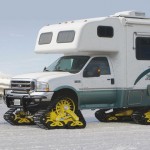
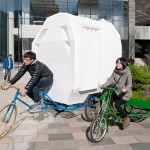





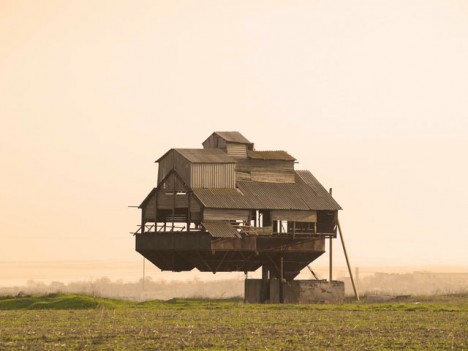









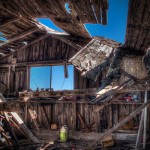
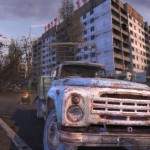
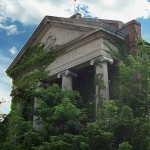











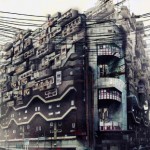
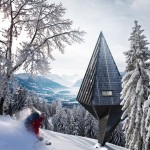













You must be logged in to post a comment.